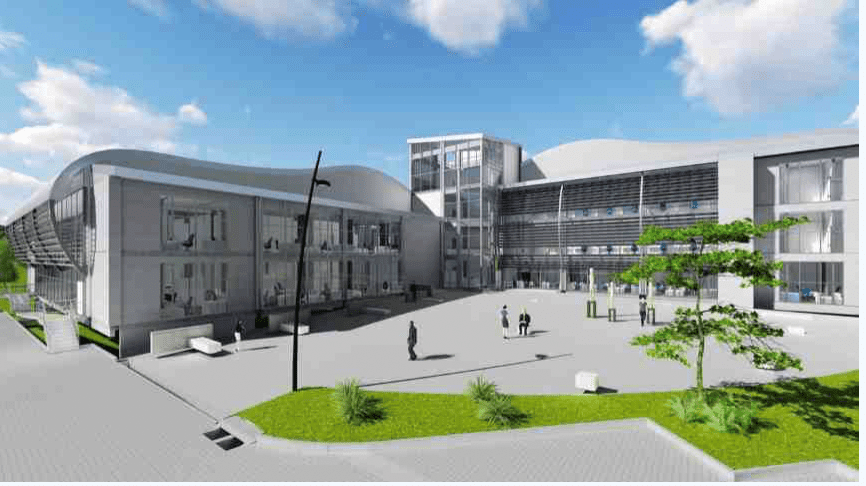Costa Rica has launched the project “Construction and outfitting of the facility for the Center dedicated to the Collection and Administration of Heritage Collections”,” (long title!) aimed at centralizing the Museum of Natural History’s collections by constructing modern buildings. These buildings will be located on the National Museum of Costa Rica (MNCR) grounds in Pavas, San José.
This project is possible thanks to international cooperation through non-reimbursable funds from the Government of China and the current administration’s National Development and Public Investment Plan 2023-2026. “We have taken on with great responsibility the project for the construction of the Center because it is an initiative that will promote education, research, dissemination, exhibition, and conservation of the heritage that protects this valuable museum,” assured Nayuribe Guadamuz, Minister of Culture and Youth.
Until March 15, 2023, a delegation of expert engineers from China are working to conduct the technical feasibility studies of the two buildings.
“Given the location of the proposed infrastructure, we are certain that its eventual opening will be an incentive for the people of the surrounding communities, who will be able to participate in educational and cultural activities, visit the exhibitions that will be offered there, and thus have greater access to the country’s cultural offerings,” Guadamuz stated.
According to a preliminary estimate made by the MNCR, the total investment could total $14.5 million, which would be provided by China and used for constructing and equipping the buildings.
Building one will have four floors to display more than 3.7 million items from the Museum’s natural heritage collections. It will house the National Herbarium, a section of the Museum created in 1887, which contains a valuable collection.
In contrast, building two will have three floors and will include the museography exhibition of the natural history of Costa Rica, an auditorium for 300 people, and the Anthropology and History department with its research laboratories. It will also feature educational classrooms and administrative offices. A public square will be built for cultural activities and recreation along with the two buildings.
“With the construction of this cultural and research complex, we seek to benefit the community, the national and international public that visits us annually, students, researchers, and scientists,” explained the director of the National Museum, Ifigenia Quintanilla.






